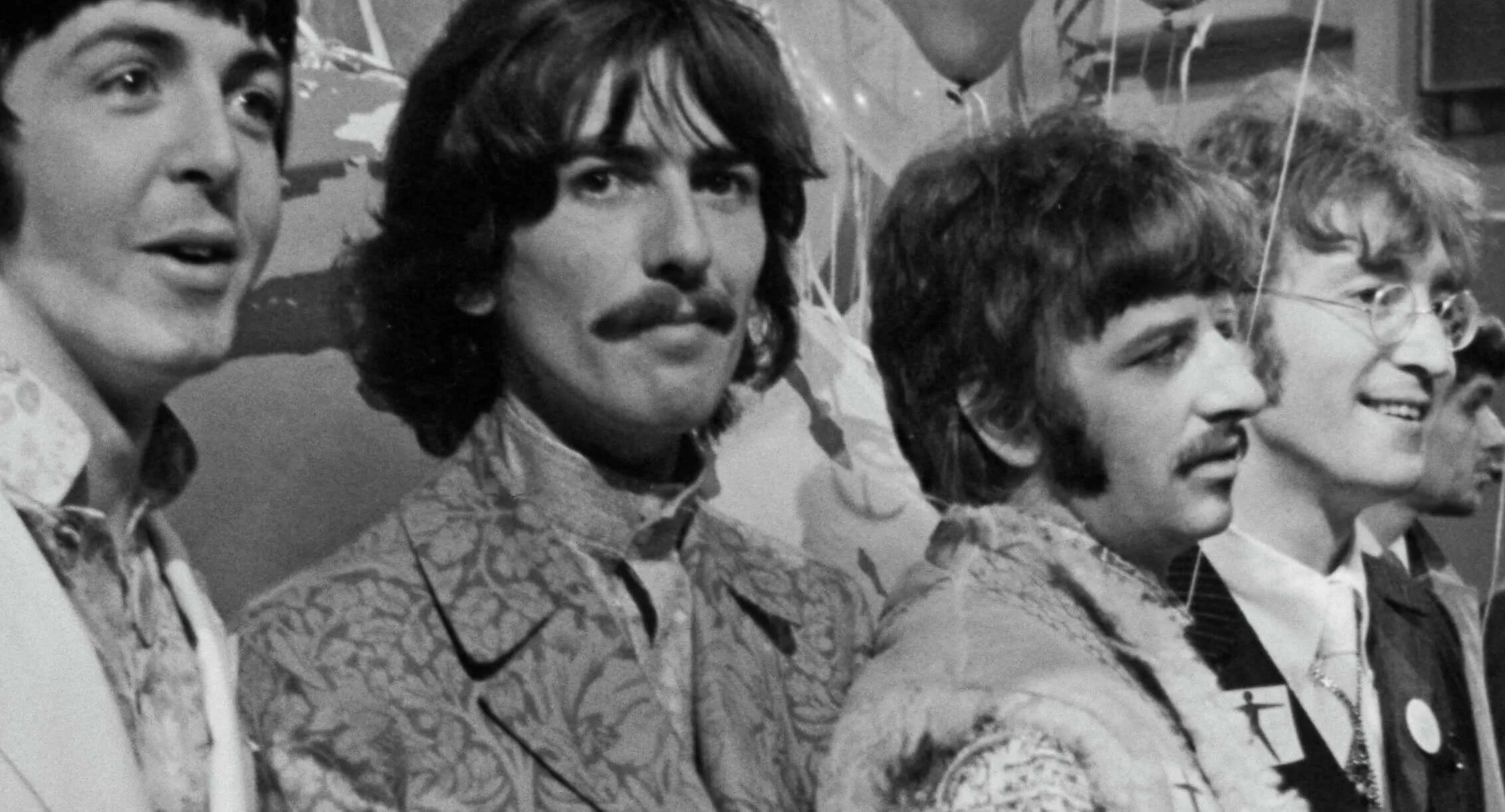The Surprising Thing Reese Witherspoon, Jennifer Aniston, and Kerry Washington Have In Common
Reese Witherspoon, Jennifer Aniston, and Kerry Washington are each undoubtedly smart, beautiful, and wickedly talented.
They spent years honing their craft and working hard to make it big in a highly competitive industry. They each have the respect and admiration of a dedicated fanbase, however, the same can be said of any A-list actor.
So what is it that makes these three actresses a little different from the rest?

Jennifer Aniston, Reese Witherspoon, and Kerry Washinton: Members of an exclusive ‘club’
Witherspoon, Aniston, and Washington are all part of an unofficial club. There are no membership fees or meetings, there’s no president or clubhouse, just a little something that binds them together: they each make at least $1 million per TV episode.
Aniston has been in the club the longest, harking back to her days as Rachel Green on Friends. The six lead cast members of the show started off the series making $20,000 an episode and eventually jointly negotiated the payment up to $1 million per episode, making a whopping total of $22 million per season. Of the six actors, however, Aniston is the only one still currently making such high figures for her work on Apple TV+’s Morning Show, along with co-star Reese Witherspoon.
Witherspoon has been busy in multiple shows, making her a three-time member of the club on three different platforms. She stars in Hulu’s Little Fires Everywhere, where she again enjoys a $1 million per episode paycheck along with her co-star Kerry Washington.
This was a big jump up in pay for Washington from her time on ABC’s Scandal where she made $80,000 per episode. Witherspoon seems to be on a roll and bringing her friends along with her, as she started off on HBO’s Big Little Lies making $350,000 with costar Nicole Kidman. The two subsequently got bumped up to $1 million per episode for season 2.
Streaming services are changing everything
In the past, network TV shows waited until shows were a smash success before the salaries of stars reached anywhere near the $1 million dollar mark. When looking at past members of the $1 million club we see it includes cast members from mega-hits such as Friends, Seinfeld, Mad About You, and Two and a Half Men, to name a few.
Now many shows start out offering high pay rates to stars for the notoriety and fanbase of viewers that their celebrity brings to the platform. Gary Levine, co-president of Showtime told Variety, “There definitely has been some dramatic salary inflation, in part as new services try to buy their way into the business. We’re paying more than we have, for sure. And that’s fine.”
Indeed, the inflation may not seem so great when you think back to the salary of the Friends crew, but most hit TV actors never made anywhere near that per episode. Steve Carell, for example, didn’t reach $1 million dollar club status during his entire tenure as Michael Scott on The Office, earning around $175,000 per episode.
Now, thanks to his heightened fame and streaming service payouts, he is a member of the $1 million club for his role on Netflix’s Space Force.
Who was the highest-paid TV star of all time?
Despite the influx of higher-paid celebrities on streaming platforms, the network TV stars have still brought in the biggest paychecks of all time. TV stars Ray Romano and Charlie Sheen’s paychecks reached $1.8 million per episode of their hit shows Everybody Loves Raymond, and Two and a Half Men, respectively.
Kelsey Grammar wasn’t far behind, earning $1.6 million per episode of Frasier. Some accounts say Seinfeld was offered $5 million per episode to continue making his hit show Seinfeld but turned it down. He was already making $1 million per episode and was ready to be done with the series.
While it is true that there are more and more viewers than ever before, hungry for new binge-worthy TV shows, it remains to be seen if these burgeoning platforms can keep up with the pay demands of big-name celebrities.
It may well be that paychecks will return to more reasonable levels as some platforms eventually become more established or perhaps, fall to the wayside.


